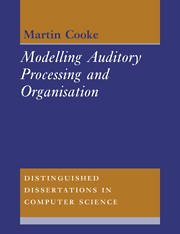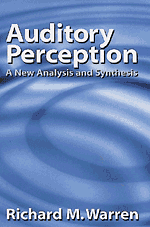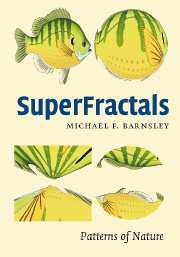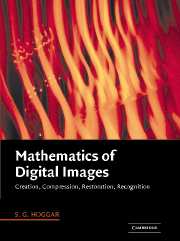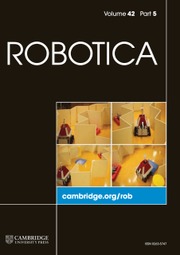Modelling Auditory Processing and Organisation
We are surrounded by noise; we must be able to separate the signals we want to hear from those we do not. To overcome this 'cocktail party effect' we have developed various strategies; endowing computers with similar abilities would enable the development of devices such as intelligent hearing aids and robust speech recognition systems. This book describes a system which attempts to separate multiple, simultaneous acoustic sources using strategies based on those used by humans. It is both a review of recent work on the modelling of auditory processes, and a presentation of a new model in which acoustic signals are decomposed into elements. These structures are then re-assembled in accordance with rules of auditory organisation which operate to bind together elements that are likely to have arisen from the same source. The model is evaluated by measuring its ability to separate speech from a wide variety of other sounds, including music, phones and other speech.
- Based on prize winning Ph.D
- Only book to cover this topic in depth
Product details
No date availablePaperback
9780521619387
136 pages
247 × 188 × 7 mm
0.26kg
Table of Contents
- Acknowledgments
- 1. Introduction
- 2. The auditory periphery: physiology, function and a computer model
- 3. Auditory representations
- 4. Modelling auditory scene exploration
- 5. Implementation of auditory grouping principles
- 6. An evaluation of sound source separation in the model
- 7. Conclusions and further development
- Appendices
- Bibliography
- Index.

